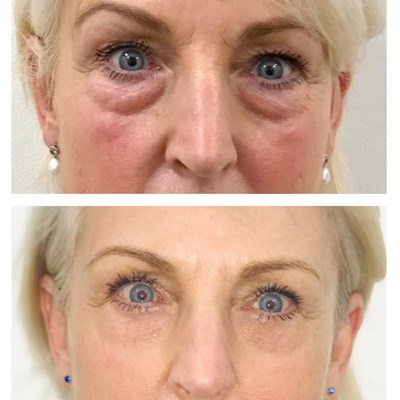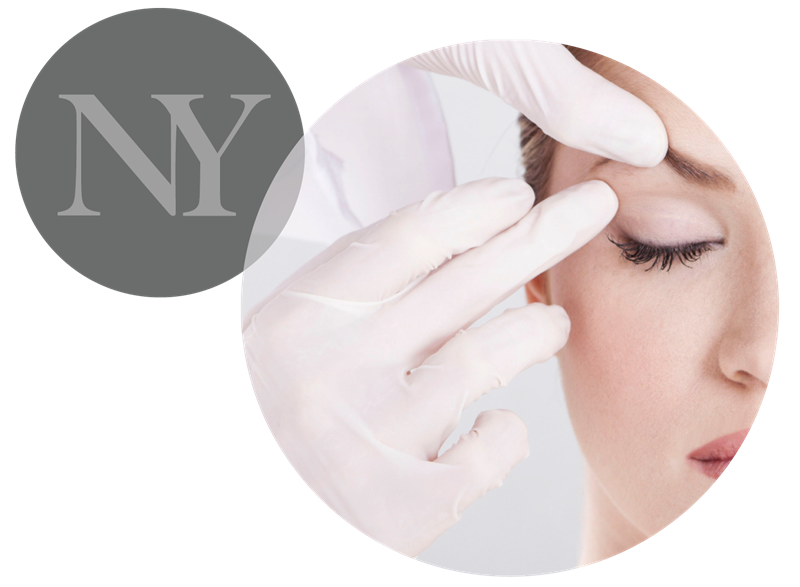
Lower Blepharoplasty
Say goodbye to under-eye bags and discomft with our specialised lower blepharoplasty techniques here at New You.
Procedure Time |
2 Hours |
Same day Discharge |
Yes - Home on same day of surgery |
Gym |
No Gym 4 Weeks |
Anaesthesia |
General |
Full Recovery |
2 Months |
Time Off Work |
1 Week |

What is a Lower Blepharoplasty For?
Lower blepharoplasty is a cosmetic procedure designed to address under-eye concerns. Through precise surgical techniques, excess fat deposits, sagging skin, and wrinkles are effectively managed. This procedure aims to eliminate under-eye bags, reduce puffiness, and create a smoother, more youthful appearance. By carefully reshaping the lower eyelids, lower blepharoplasty helps restore a refreshed and revitalized look, enhancing the overall aesthetic of the face.
What is Involved in the Procedure?
Lower blepharoplasty involves carefully addressing under-eye concerns. After administering anesthesia, the surgeon makes precise incisions either externally below the lash line or internally on the inner eyelid. Excess fat causing under-eye bags is then removed or repositioned, and sagging skin is tightened if needed. The incisions are meticulously closed. Recovery involves managing initial swelling and bruising, with results gradually emerging over a few months as healing occurs. This procedure aims to create a smoother, more youthful under-eye appearance, boosting overall facial rejuvenation.
Lower Blepharoplasty

Book a Lower Blephoraplasty consultation
Blepharoplasty FAQs
Good candidates for blepharoplasty include individuals who have droopy or sagging upper eyelids, puffy bags under their eyes, or wrinkles around their eyes. Patients should be in good overall health and have realistic expectations about the procedure.
Most patients report mild discomfort and pain after the procedure, which can be managed with pain medication and cold compresses.
Recovery time varies but generally, patients are able to return to work within a week or two, although strenuous activities should be avoided for several weeks. Patients may experience some swelling, bruising, and discomfort after the procedure, but these side effects are typically mild and can be managed with pain medication and cold compresses.
As with any surgical procedure, there are some risks associated with blepharoplasty, including infection, bleeding, scarring, and changes in vision. However, these risks are rare, and most patients experience a safe and successful procedure.
Incisions are made in the natural creases of the eyelids to help hide any scarring, and the scars are typically very subtle and fade over time.
The results of blepharoplasty are long-lasting, and most patients enjoy the benefits of the procedure for many years. However, the natural ageing process will continue, and some patients may require a touch-up procedure in the future to maintain their results.

